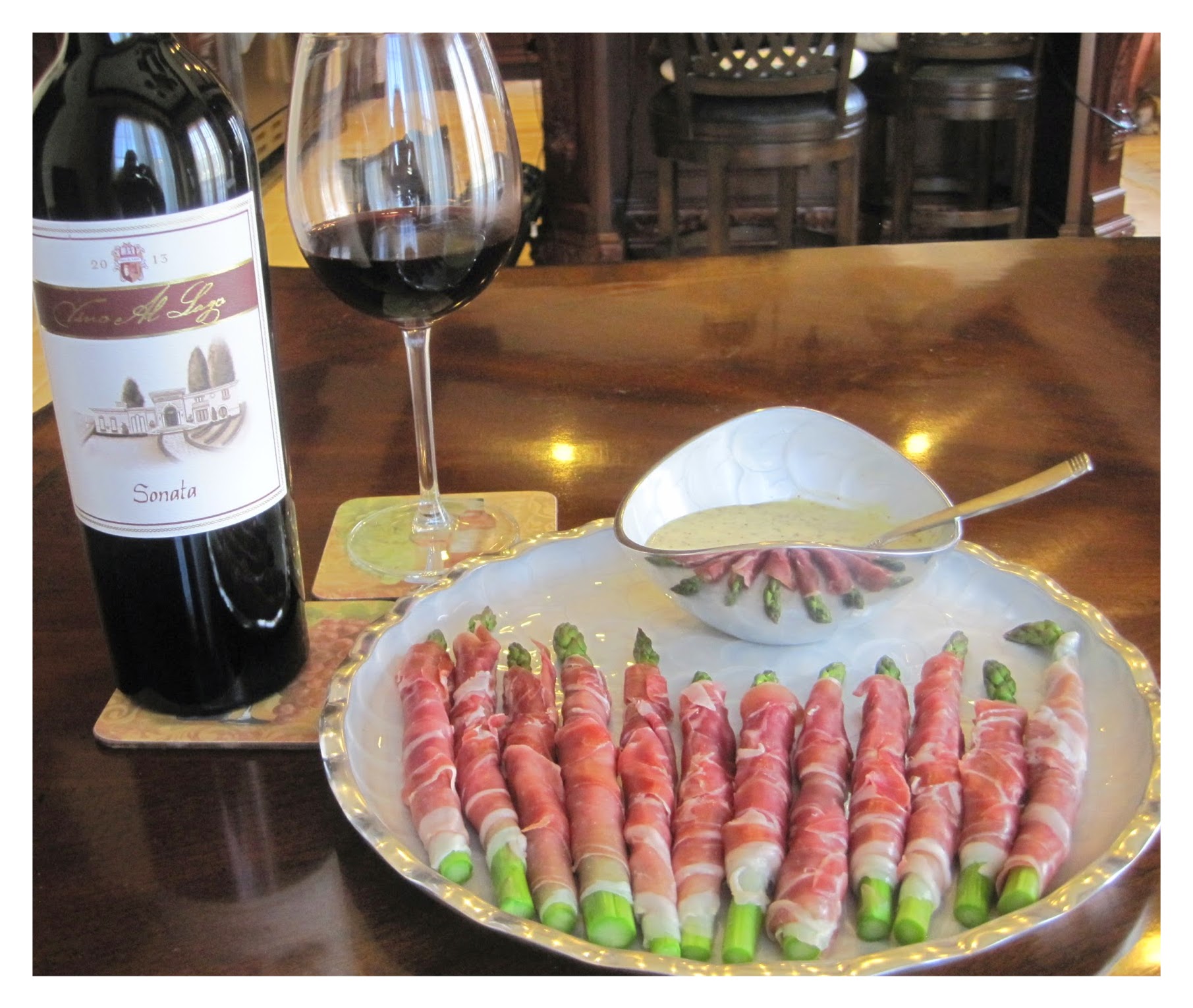Blog
Choosing the Right Wine to Show Off Your Meal!
01/25/2018

2018 will undoubtedly hold many special occasions for our family and yours. When you celebrate those occasions this year, I'm sure you'll pay careful attention to planning a special meal, so let me help a bit here to get this New Year off to a great start!
When I first interviewed with Simone and Blair (the proprietors of Al Lago Wines), we bonded quickly...over food. Simone is a devout "foodie" -- always searching out and successfully finding the tastiest establishments wherever she travels. She's not only good at finding culinary havens, she also is a very talented cook. The Al Lago website has a tab filled with dozens of her recipes that we do our best to feature in our newsletters. If you haven't looked through them, I highly recommend setting aside some time to find your next hit meal!
When it comes to food, I could argue it has no better companion than wine. However, finding a crowd-pleasing wine can be daunting in itself, then add food to the mix and things could get downright confusing. As we kick-off the New Year, I thought I would take the time to address this "dynamic duo", and offer a few things to keep in mind while preparing your special meal.
1) Keep the basics of flavor in mind.
You'd be surprised how many people go their entire life not really understanding the basics of flavor. For simplicity, I'll break flavor down into two categories. The first involves what we would classify as taste and includes the five basic tastes (salty, sour, sweet, bitter and umami). The second category is that of sensation, and includes heat (spicy), carbonation, astringency and others, as well as texture. Taste and sensation are not the same, but they do interact to create flavor. Learn how to differentiate between these and know how you experience them.
2) You want your pairings to have the right "volume".
The goal of a good pairing is to have all the components of your dish and wine blend harmoniously. Certain tastes can significantly mute or amplify sensory components. Here are a few flavor interactions to take into consideration while choosing a wine.
Sweet can significantly increase the perception of bitterness. Thinking of opening up a big red? Steer clear of dishes with sweet glazes or drizzles. These sweet finishes can make a robust wine overly bitter and appear to be unpleasantly green.
Sweetness will mitigate acid and vice versa. Acid and sweetness will often "cancel" each other out which can be beneficial. German Rieslings are heralded for achieving the perfect balance between these two components. These acidic wines are polished by the viscosity of sugar.
Astringency and acidity are the major players. Acidity often acts as a palate cleanser as it washes away flavor compounds and encourages the production of saliva. Astringency loves fatty compounds. Big, robust reds work with red meat because their tannins are highly reactive to its fatty components. Astringency (or the drying sensation experienced in hearty red wines) is caused when the tannins from red wines bind with the proteins in our saliva; it removes the lubrication and creates the dry sensation. Tannins will bind with fatty compounds before our saliva so that the savory characters of the dish are enhanced. Likewise, with the tannic perception greatly decreased, this also allows you to appreciate the more fruity characteristics of the wine.
Vegetal notes have an antagonistic effect on fragrant compounds. For those of you who enjoy a little roasted pepper character in your Cabernet wine, keep in mind that these smells can mask aromatically desirable components. If you've ever peeked at the wine list at an Indian food restaurant they usually contain highly aromatic and fruity wines. This is because they wish to highlight their highly fragrant cuisine. Vegetal wines can completely mask coconut or saffron, leaving the taster with an overall flat flavor.
Carbonation can make things appear to have more acid. Have you ever made the frosting on a cake a little too sweet? Pair your dessert with bubbles! Aside from being high in acid itself, the carbonation in sparkling wines can be used to alleviate some of that sweetness. Tiny amounts of carbon dioxide are sometimes used to make overly sweet rosés fresher and appear bright in acidity.
There are hundreds, probably thousands, of additional interactions that happen between flavor compounds. The general "rule of thumb" is "red meat goes with red wines and fish goes with white". When thinking of a wine pairing, it is generally agreed that a wine which mirrors the characteristics of the food will work the best, just as aromatic Indian food will pair with aromatic Beaujolais. Exceptions do exist, of course, and this is why an excellent wine pairing requires a basic understanding of how flavor components work and react together. Think carefully about what you would like to highlight in your next special meal, and what you would like to mute. If you have any more questions or are curious about a particular pairing please e-mail me! I would love to help you find the perfect "culinary partners".
Post By:
Samantha Mogull
Add a comment
Comments are subject to approval and may not post immediately.

